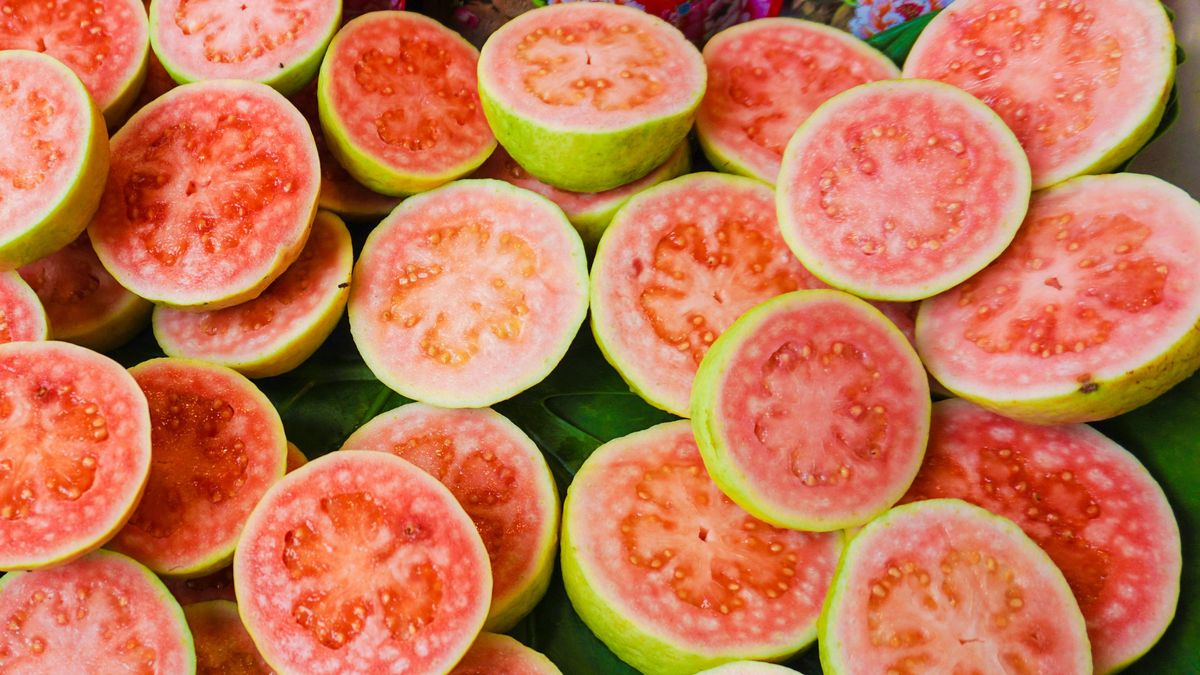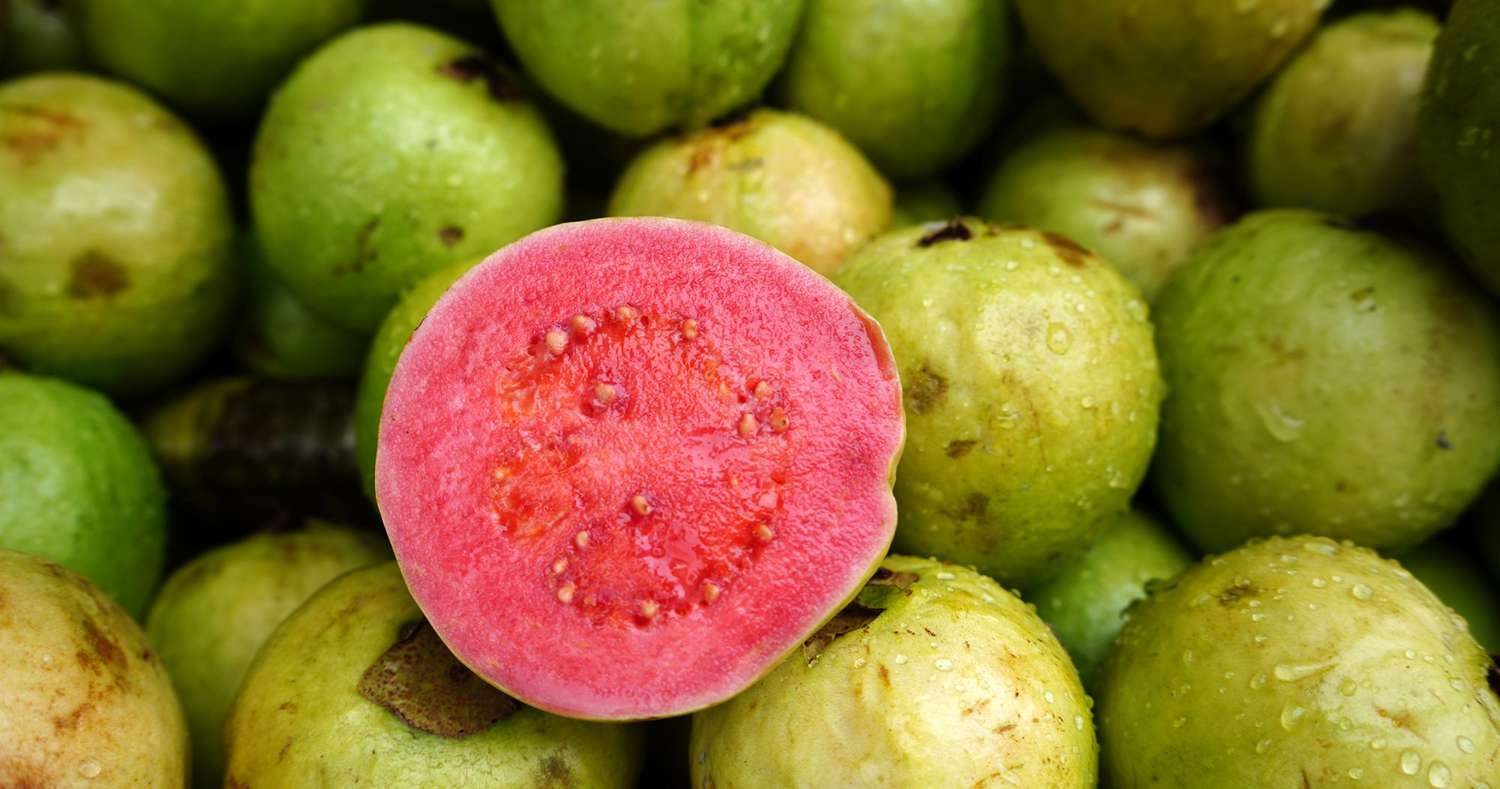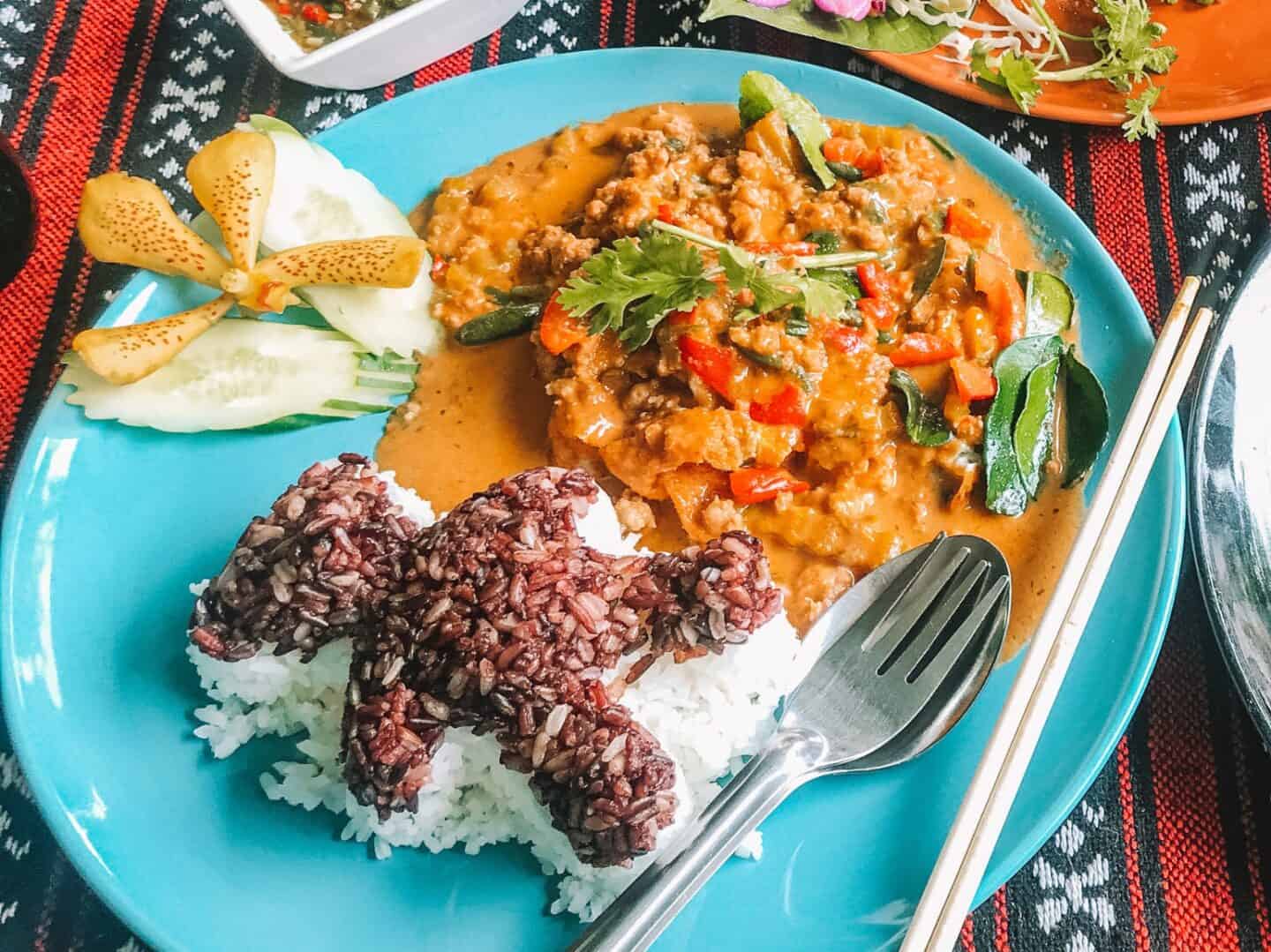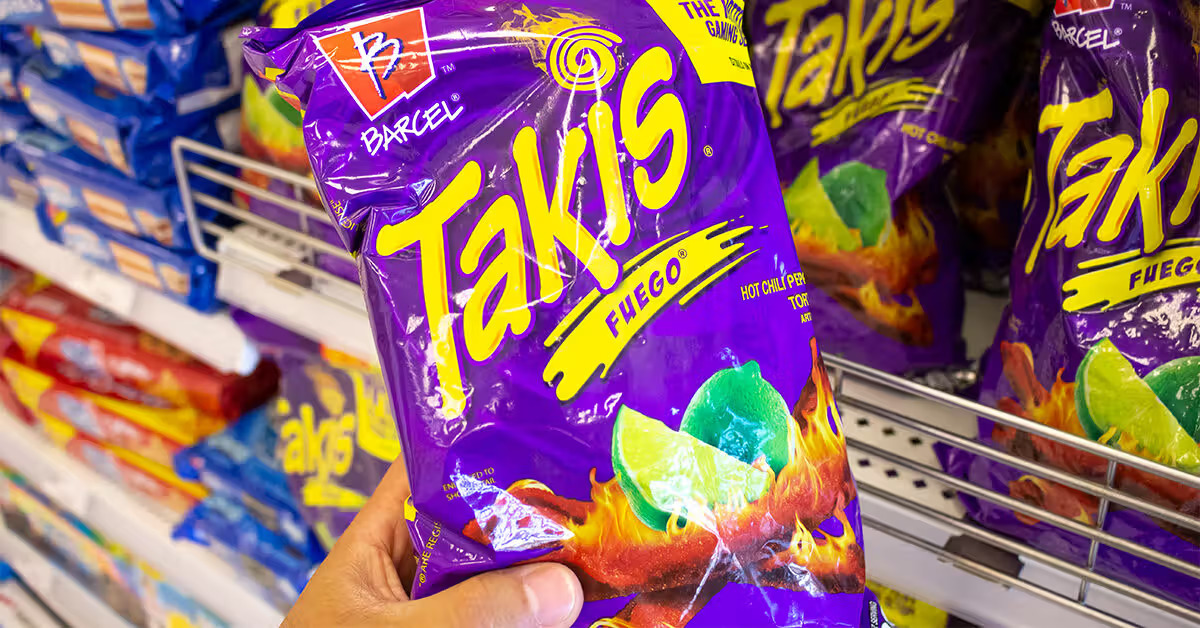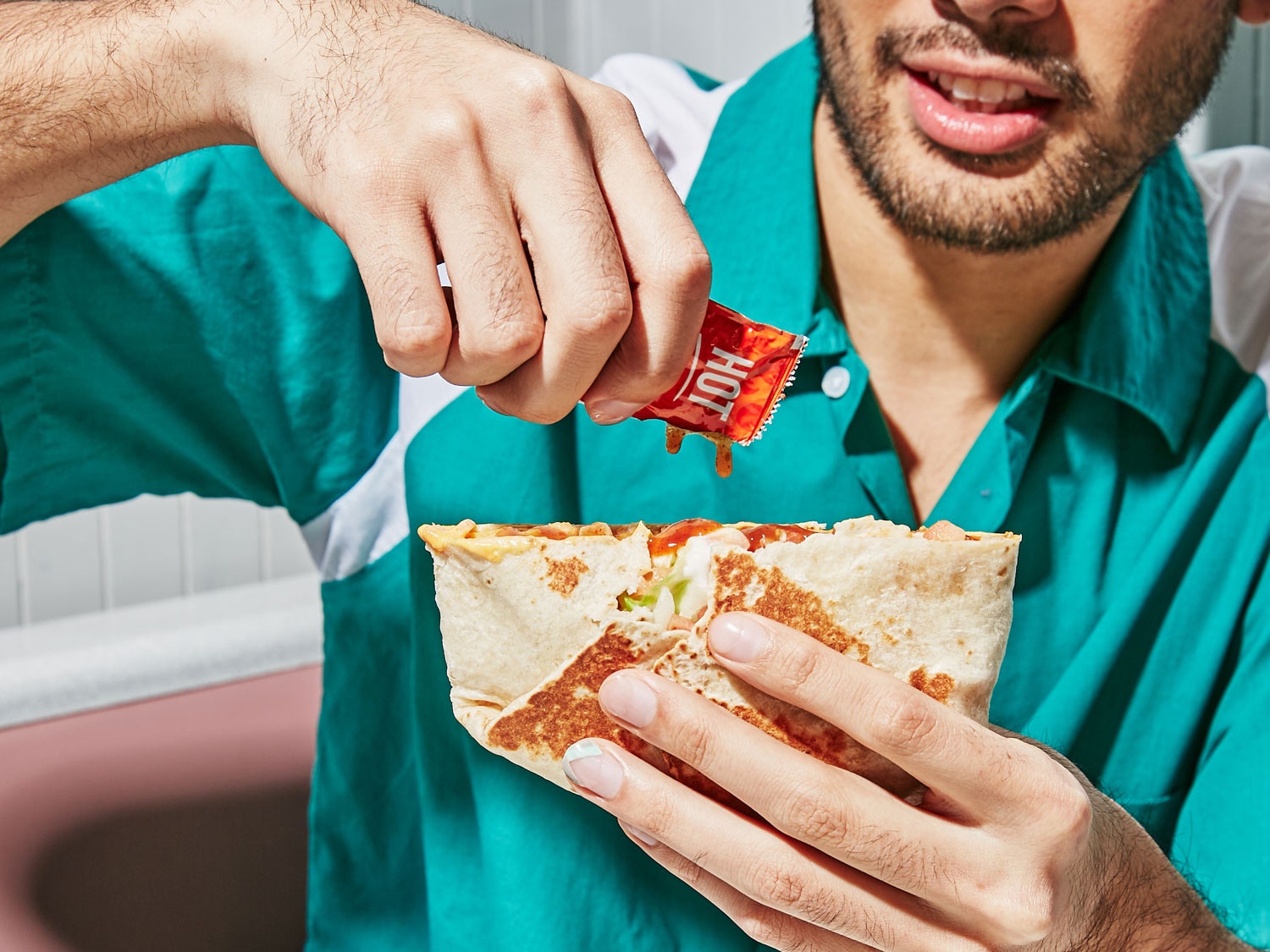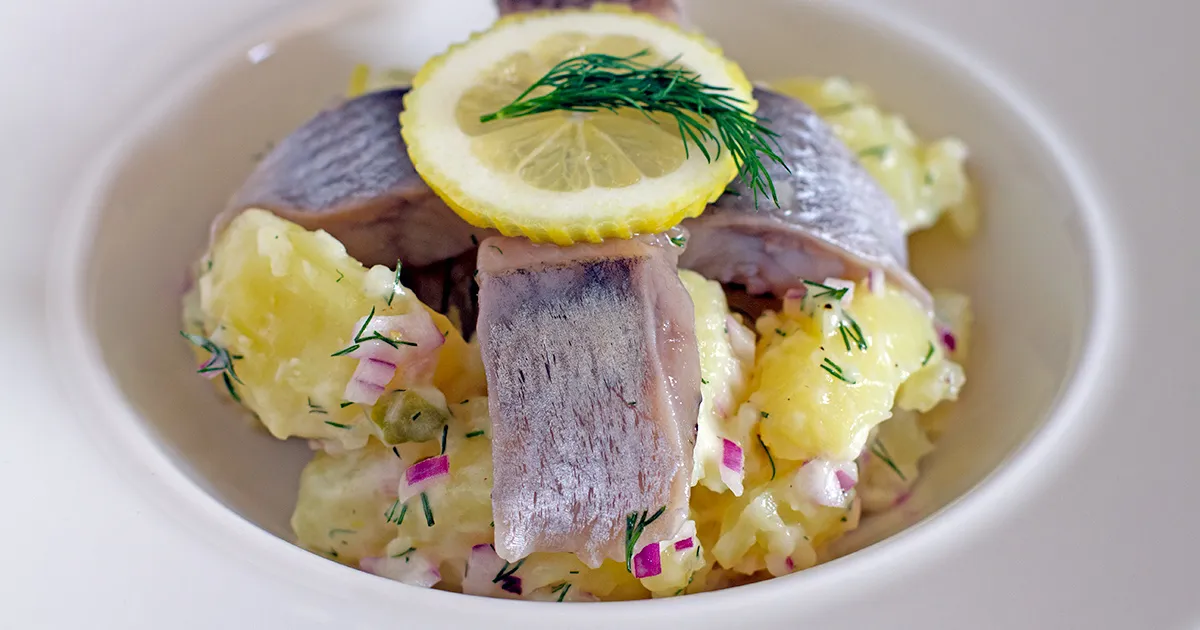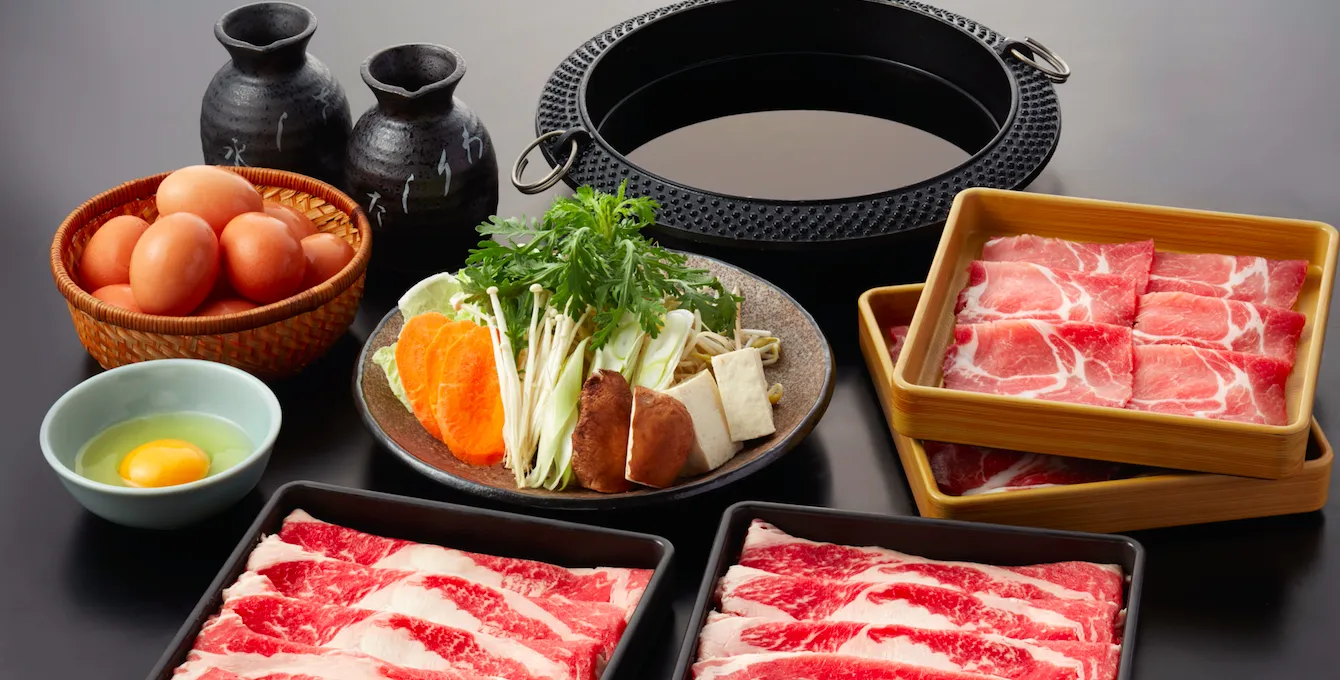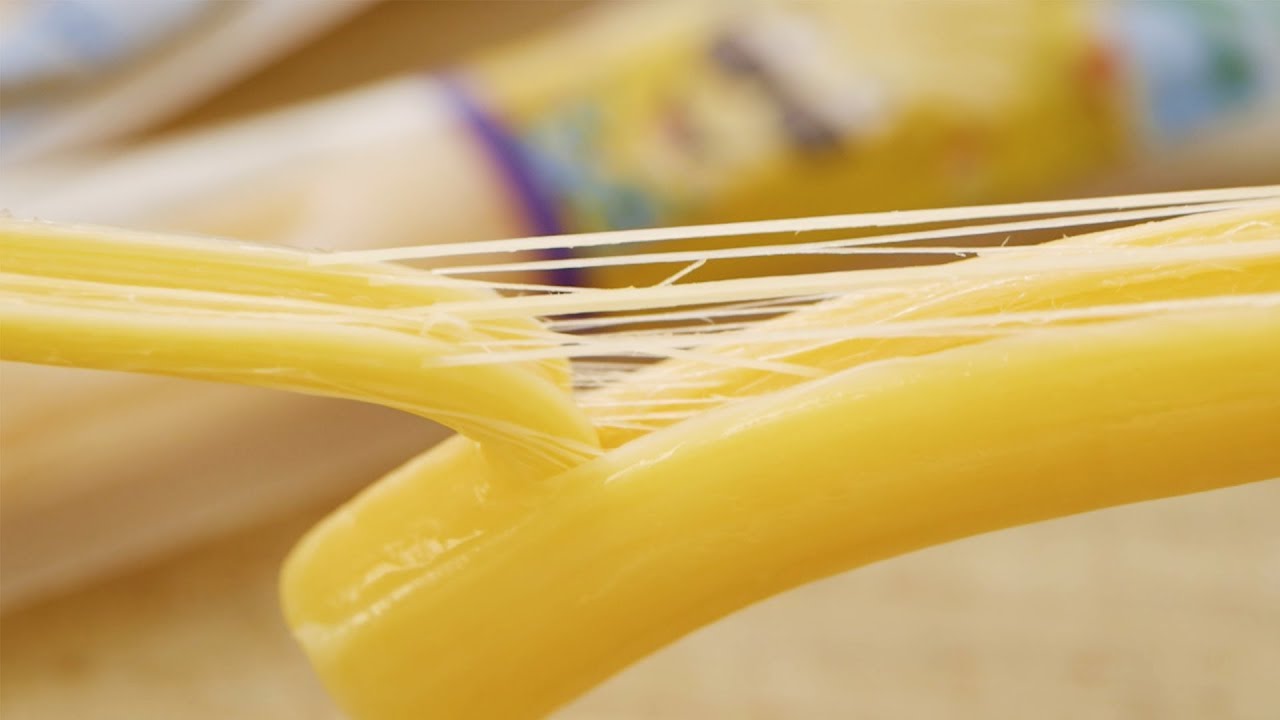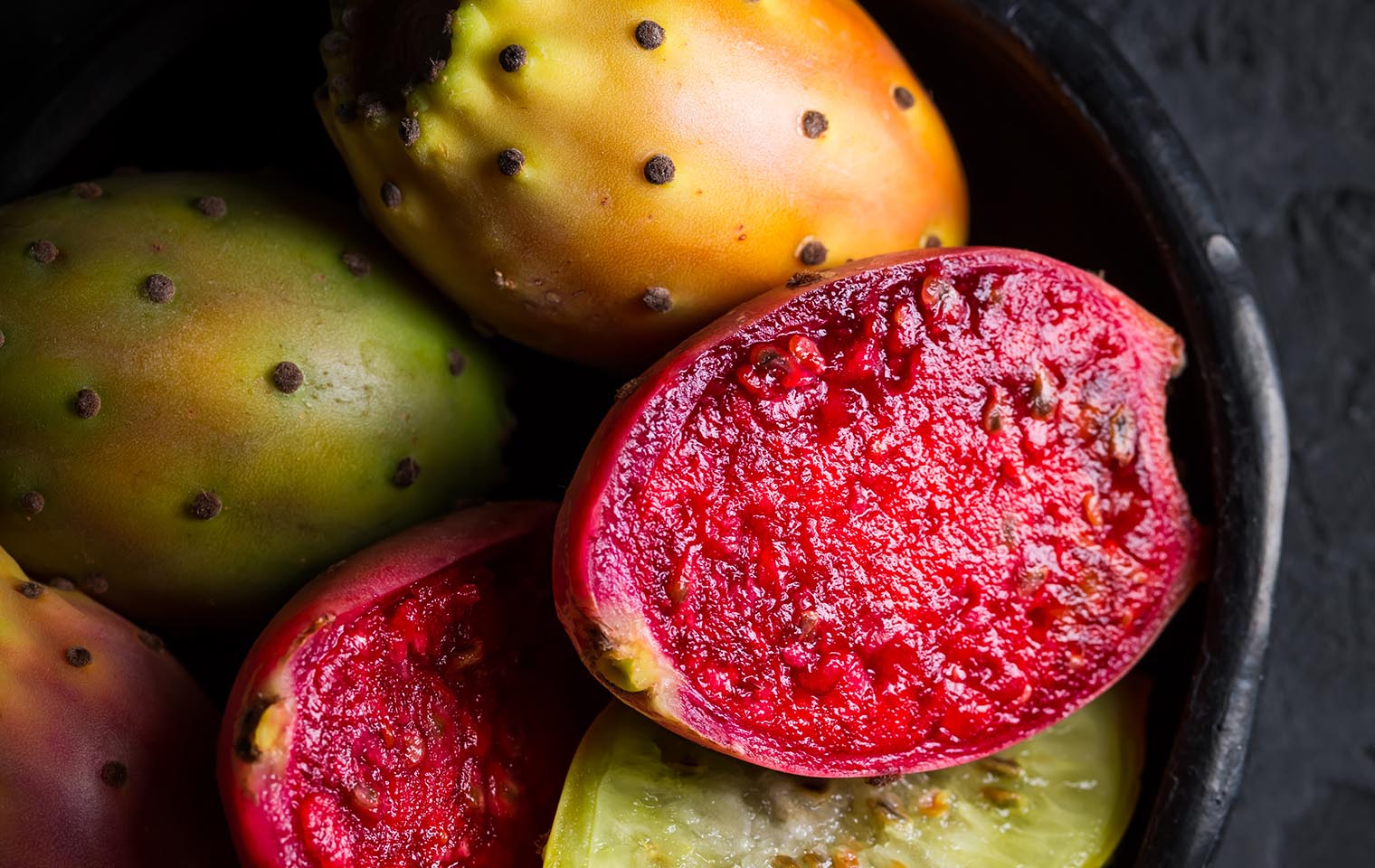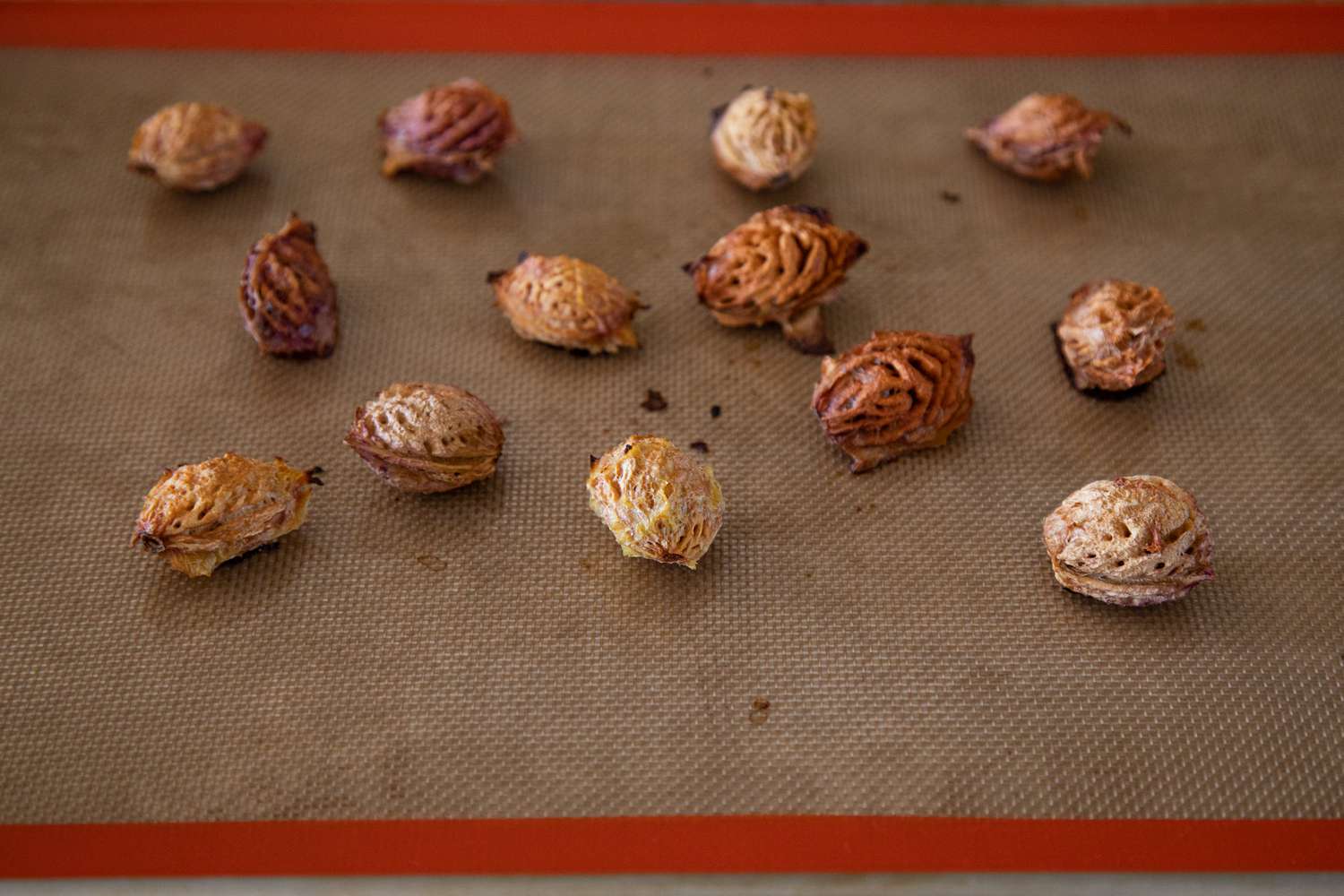Discovering the Delightful Thai Guava
Thai guava, also known as farang in Thailand, is a tropical fruit that is beloved for its sweet and tangy flavor. This delightful fruit is not only delicious but also packed with essential nutrients, making it a fantastic addition to your diet. If you’re wondering how to enjoy this exotic fruit, look no further. Here’s a guide on how to eat Thai guava and make the most of its unique taste and health benefits.
Choosing the Perfect Thai Guava
Before you can enjoy the deliciousness of Thai guava, it’s essential to select the perfect fruit. When choosing a Thai guava, look for one that is firm to the touch and free from blemishes. The skin of the guava should be green and may have a slightly yellow hue when ripe. Avoid fruits with soft spots or bruises, as they may indicate overripeness or spoilage.
Washing and Preparing Thai Guava
Once you have selected the perfect Thai guava, it’s time to prepare it for consumption. Start by washing the fruit under running water to remove any dirt or residue from the skin. After washing, use a sharp knife to trim off the ends of the guava. Some people prefer to peel the skin off the guava, while others enjoy it with the skin on. If you choose to eat the skin, make sure to scrub it thoroughly to remove any wax or pesticide residue.
Ways to Enjoy Thai Guava
There are several delightful ways to enjoy Thai guava, whether you prefer to eat it raw or incorporate it into your favorite dishes. Here are some popular methods for enjoying this tropical fruit:
- Raw: Simply slice the guava into wedges or cubes and enjoy it as a refreshing snack. The crisp texture and sweet-tart flavor make it a perfect treat on a hot day.
- Fruit Salad: Add diced Thai guava to a fruit salad for a burst of tropical flavor. Its juicy flesh pairs well with other fruits such as pineapple, mango, and papaya.
- Juice: Blend Thai guava with water and a touch of sweetener to create a refreshing and nutritious juice. You can also add a squeeze of lime for an extra zing.
- Smoothies: Incorporate Thai guava into your favorite smoothie recipes for a creamy and flavorful addition. It pairs well with coconut milk, banana, and spinach for a nutritious and delicious beverage.
- Thai Guava Salsa: Combine diced guava with red onion, cilantro, lime juice, and a pinch of salt to create a vibrant and flavorful salsa. This versatile condiment pairs well with grilled fish, chicken, or as a topping for tacos.
The Health Benefits of Thai Guava
In addition to its delectable taste, Thai guava offers a range of health benefits. This tropical fruit is an excellent source of vitamin C, which is essential for a healthy immune system and glowing skin. It also contains fiber, which supports digestive health and helps you feel full and satisfied. Furthermore, Thai guava provides antioxidants that help protect your cells from damage caused by free radicals.
Whether you enjoy it as a snack, in a salad, or as a refreshing juice, Thai guava is a versatile and nutritious fruit that is sure to delight your taste buds and boost your well-being. Next time you come across this exotic fruit, don’t hesitate to give it a try and savor the unique flavors of Thai guava.
Now that you know how to eat Thai guava and the many ways to enjoy it, it’s time to indulge in this tropical delight and experience its wonderful taste and health benefits.
Exploring More Culinary Creations with Thai Guava
Now that you've mastered how to eat Thai guava, why not try incorporating this delightful fruit into various recipes? From refreshing drinks to savory dishes, Thai guava offers a unique flavor profile that can transform your meals. For starters, the Thai Guava and Mango Salad Recipe is a must-try for its vibrant and refreshing taste that pairs perfectly with summer barbecues. If you're looking for something to cool you down, the Tropical Thai Guava Smoothie Recipe blends the distinct taste of guava with other tropical fruits for a delicious treat. For those who enjoy a good culinary challenge, the Thai Guava Glazed Pork Recipe combines the sweetness of guava with savory spices, creating a mouthwatering glaze that's perfect for any occasion. Each of these recipes utilizes Thai guava in a way that enhances the dish's overall flavor and appeal, making them standout additions to your cooking repertoire.
